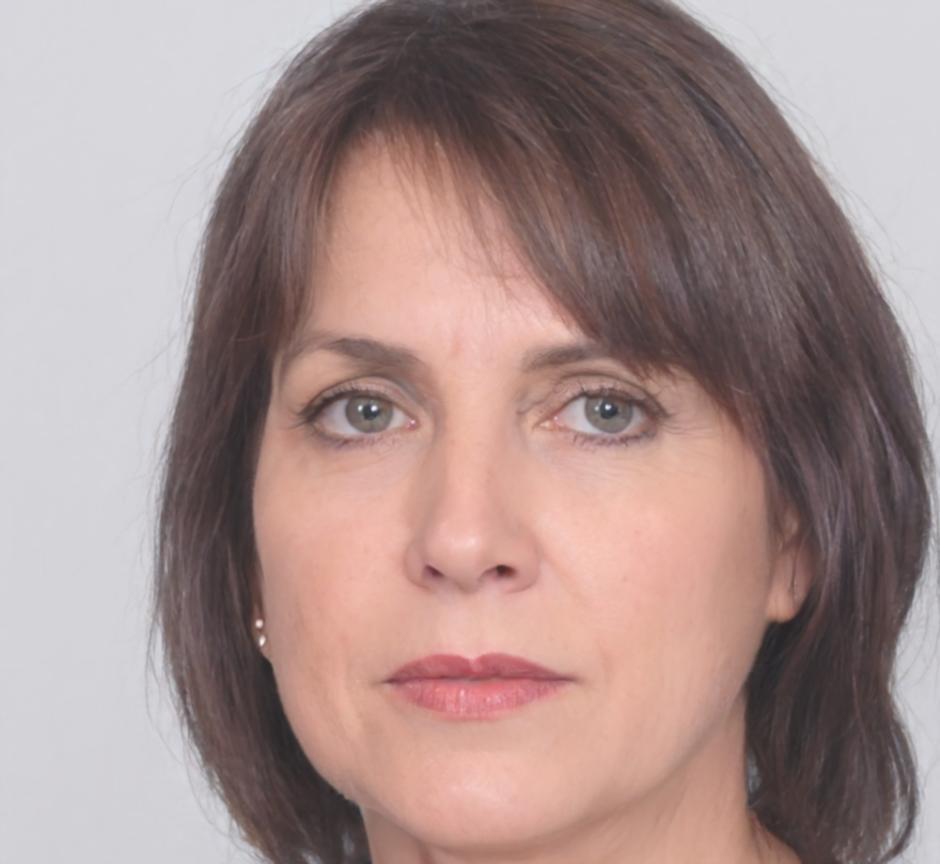Our Financial Modeling Methodology
We've spent years refining our approach to financial modeling education. Here's exactly how we help analysts build models that actually work in real business situations.
How We Got Here
Our methodology didn't emerge overnight. It's the result of years working with analysts across Thailand's financial sector.
The Problem We Saw
Working with analysts in Bangkok, we noticed the same issue everywhere. People knew Excel formulas but couldn't build models that executives actually trusted. The disconnect was huge.
First Framework
We started teaching a structured approach. Instead of jumping into spreadsheets, we focused on business logic first. Early results were promising, but we knew we could do better.
The Breakthrough
After working with over 200 analysts, we figured out the missing piece: scenario planning. Models need to handle uncertainty, not just show pretty numbers.
Proven Results
Today, our methodology has helped hundreds of analysts build models that actually get used in boardrooms. That's what matters to us.
The Four-Phase Approach
We break financial modeling into four clear phases. Each phase builds on the last, but you can always circle back when you discover new information.

Foundation & Logic
Business Understanding
Before touching Excel, we map out the business. Revenue drivers, cost structure, cash flow patterns. This isn't theory - it's detective work.
Assumption Framework
We build a clear framework for all assumptions. Every number needs a source and a rationale. Executives will ask where these numbers come from.
Model Architecture
Design the model structure before building it. Input sheets, calculation sheets, output sheets. Clean separation means easier updates later.
Testing & Validation
Scenario Planning
Build multiple scenarios from day one. Best case, worst case, most likely case. Real businesses don't follow straight lines.
Stress Testing
Push your model to breaking points. What happens if revenue drops 30%? If costs spike? Models need to handle extreme situations.
Stakeholder Review
Test your model with real stakeholders early and often. Their feedback will catch assumptions you missed and improve the final result.
Long-Term Impact
The real test of our methodology isn't graduation day - it's what happens six months later. Here are three analysts we've followed since their training.
Ready to Learn This Approach?
Our next comprehensive program starts in September 2025. We limit cohorts to 25 analysts so everyone gets individual attention on their models.
Get Program Details


